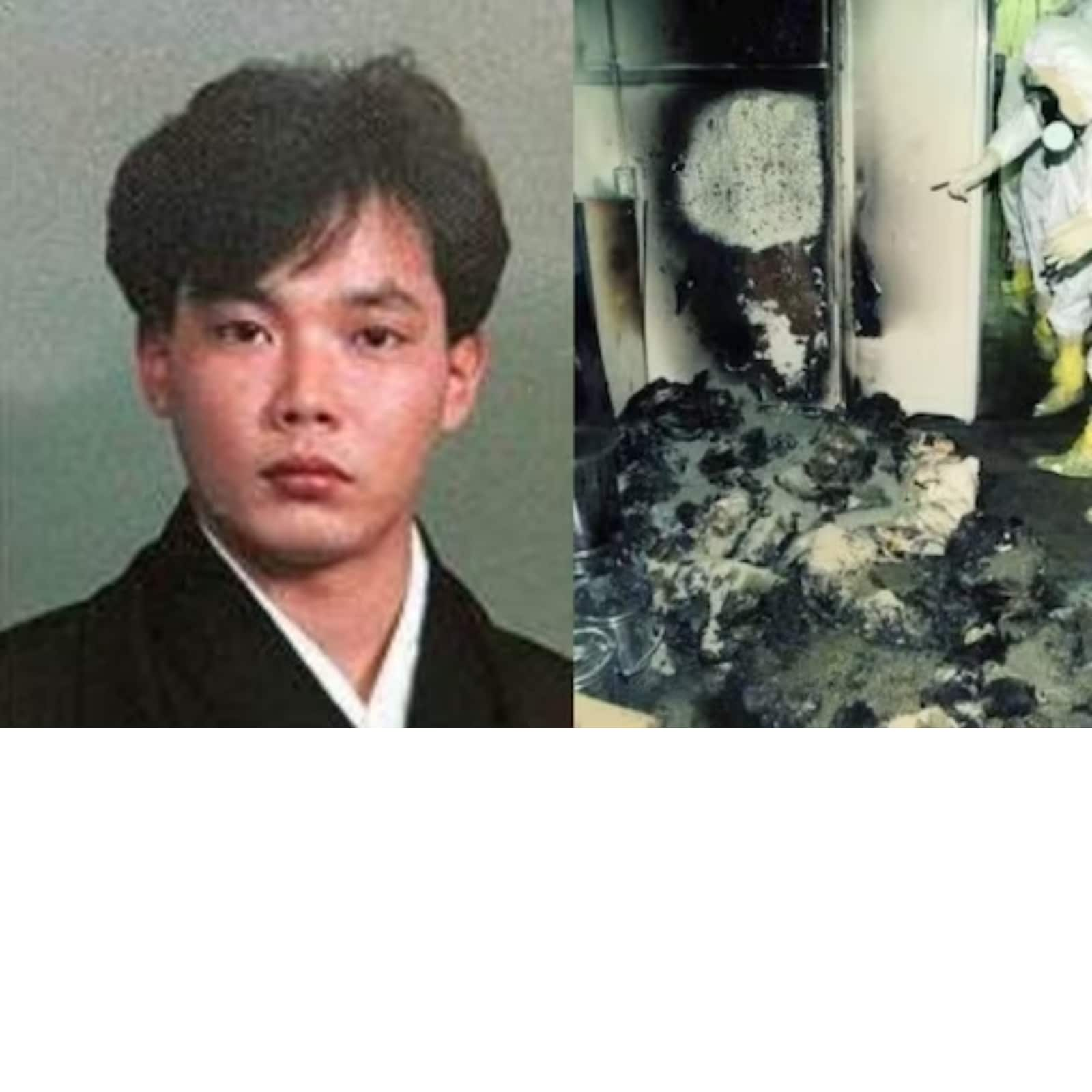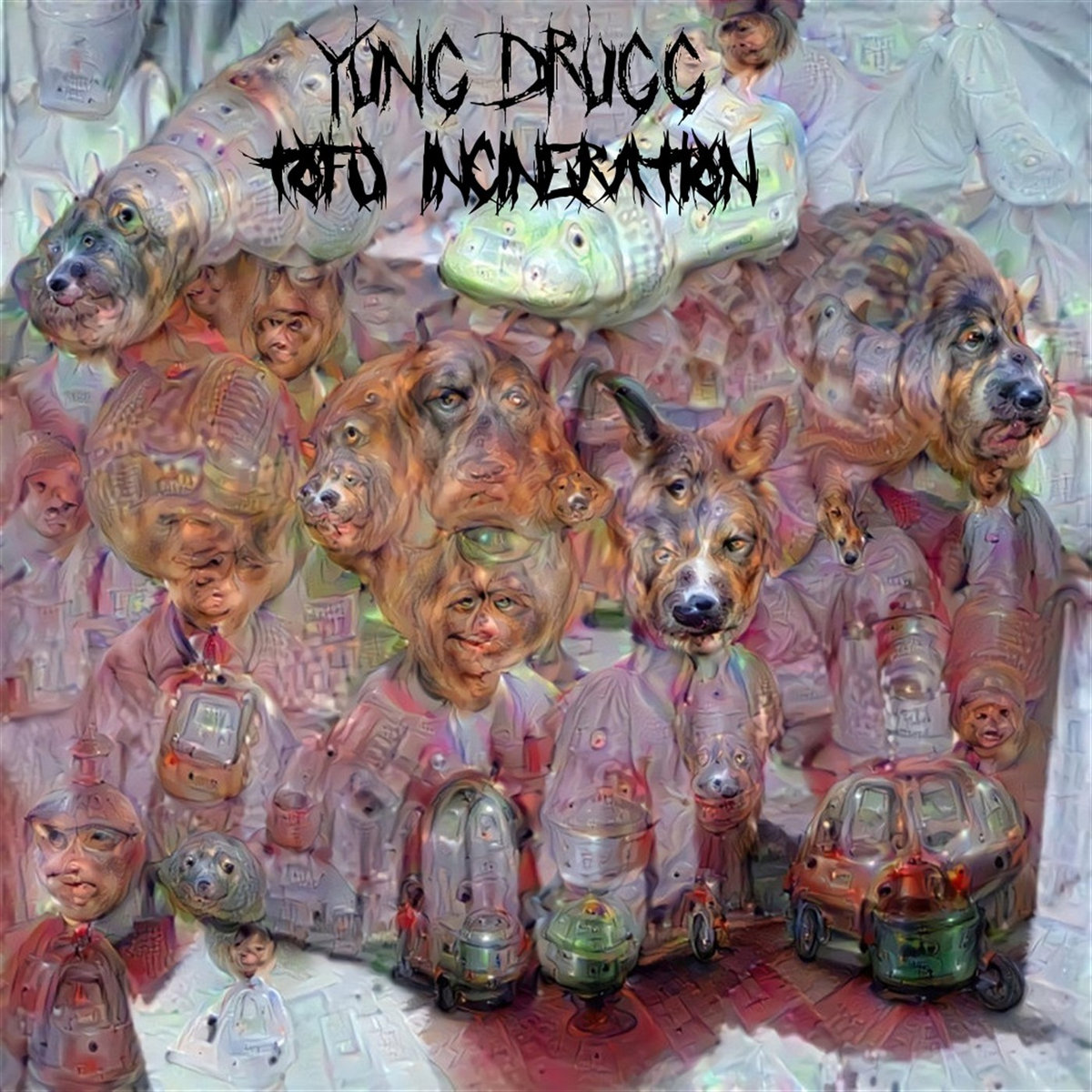Hisashi Ouchi: The Untold Story Of A Heroic Scientist
Hisashi Ouchi's name is etched in history as a symbol of sacrifice and resilience. In the world of nuclear science, few stories are as powerful as his. Hisashi was a man who faced unimaginable circumstances with grace and courage, leaving behind a legacy that continues to inspire many. This is not just a story of tragedy but also one of bravery and dedication to humanity.
Imagine being at the center of a nuclear accident, knowing the odds are stacked against you. That's exactly what happened to Hisashi Ouchi. On October 5, 1999, his life changed forever in the Tokaimura uranium reprocessing facility. The incident wasn't just a scientific mishap; it was a wake-up call for the entire world about the dangers of nuclear energy.
Hisashi's story isn't just about the events that unfolded that day. It's about the human spirit, the strength to face adversity, and the willingness to protect others even when the cost is your own life. This article dives deep into Hisashi Ouchi's life, the accident, its aftermath, and the lessons we can learn from his experience.
- Kaitlyn Krems Onlyfans The Ultimate Guide To Her Career And Content
- Filmyfly Bollywood Hindi Dubbed Movies Your Ultimate Destination For Entertainment
Table of Contents
- Biography
- The Accident
- Medical Details
- Global Impact
- Lessons Learned
- Scientific Advancements
- Human Resilience
- Safety Measures
- Memorial
- Future Precautions
Biography
Before we dive into the details of the accident, let's take a moment to know the man behind the story. Hisashi Ouchi was born on March 27, 1969, in Japan. He was a dedicated worker at the JCO uranium reprocessing plant in Tokaimura, where he worked tirelessly to ensure the safety and efficiency of nuclear operations.
Personal Details
| Full Name | Hisashi Ouchi |
|---|---|
| Date of Birth | March 27, 1969 |
| Place of Birth | Tokyo, Japan |
| Occupation | Chemical Engineer at JCO |
Hisashi wasn't just a worker; he was a family man with dreams and aspirations. His dedication to his job was matched only by his love for his family. The tragedy that unfolded would change everything for him and those around him.
The Accident
It was an ordinary day at the JCO plant until it wasn't. On October 5, 1999, Hisashi Ouchi, along with two other colleagues, were mixing uranium fuel in a precipitation tank. The process went horribly wrong when an excessive amount of uranium was added, causing a criticality accident. The chain reaction released intense neutron radiation, gamma rays, and heat, exposing the workers to lethal doses of radiation.
- Agra Movie Download Telugu Your Ultimate Guide To Explore Download And Enjoy
- Vegamovies Fans The Ultimate Community For Movie Lovers
Hisashi was the closest to the tank, receiving the highest dose of radiation. The exposure was so severe that it damaged his DNA and destroyed his internal organs. It was a moment that would define his life and legacy.
What Went Wrong?
- Human Error: The workers deviated from standard procedures by mixing too much uranium in a single container.
- Design Flaws: The plant lacked proper safety measures to prevent such accidents.
- Training Gaps: The workers weren't adequately trained to handle such critical situations.
Medical Details
Hisashi's condition was dire from the start. He was exposed to a radiation dose of approximately 17 sieverts, far exceeding the lethal limit of 5 sieverts. The immediate effects were devastating, with severe burns, organ failure, and an inability to produce blood cells.
Doctors from around the world were brought in to treat him. Blood transfusions, skin grafts, and experimental treatments were all part of the effort to save his life. Despite the best efforts, Hisashi succumbed to his injuries 83 days after the accident.
Key Medical Challenges
- Radiation Sickness: Severe nausea, vomiting, and burns.
- Bone Marrow Failure: Inability to produce blood cells.
- Organ Damage: Extensive damage to internal organs.
Global Impact
The accident in Tokaimura sent shockwaves around the world. It highlighted the dangers of nuclear energy and the importance of safety protocols. Governments and organizations re-evaluated their nuclear policies, implementing stricter regulations and training programs.
Hisashi's story became a symbol of the risks involved in nuclear operations. It served as a reminder that human error, coupled with inadequate safety measures, could have catastrophic consequences.
Reactions Around the World
- Japan: The government imposed stricter regulations on nuclear plants.
- International Community: Global organizations emphasized the need for better training and safety standards.
Lessons Learned
From Hisashi's tragedy, the world learned valuable lessons about safety, responsibility, and the importance of following protocols. The accident wasn't just a failure of technology but also a failure of human oversight.
Today, nuclear plants around the world operate with advanced safety measures, regular training, and constant monitoring to prevent similar incidents. Hisashi's sacrifice didn't go in vain; it paved the way for safer nuclear operations.
Key Takeaways
- Compliance: Adhering to safety protocols is non-negotiable.
- Training: Workers must be thoroughly trained to handle emergencies.
- Innovation: Continuous improvement in safety technology is essential.
Scientific Advancements
The incident also spurred advancements in nuclear science. Researchers studied the effects of radiation on the human body, leading to breakthroughs in medical treatments and radiation protection.
Hisashi's case provided invaluable data for scientists working on radiation exposure and treatment. It pushed the boundaries of medical science, leading to better understanding and management of radiation-related injuries.
Medical Breakthroughs
- Stem Cell Research: Improved understanding of bone marrow regeneration.
- Radiation Therapy: Enhanced treatment protocols for radiation exposure.
Human Resilience
Amidst the tragedy, Hisashi's resilience shone through. Despite knowing the gravity of his condition, he remained calm and cooperative with medical staff. His courage inspired those around him and left a lasting impression on everyone who knew him.
His story is a testament to the strength of the human spirit. It reminds us that even in the face of insurmountable odds, there's always room for hope and determination.
Stories of Courage
- Medical Team: The dedication of doctors and nurses who fought tirelessly to save him.
- Family Support: The unwavering support from Hisashi's family during his treatment.
Safety Measures
In the wake of the accident, safety measures in nuclear plants were significantly upgraded. New protocols were introduced, and regular inspections became mandatory. Training programs were revamped to ensure workers were well-prepared for any eventuality.
The global nuclear industry took note and implemented similar measures worldwide, reducing the likelihood of future accidents.
Modern Safety Protocols
- Regular Inspections: Frequent checks to ensure compliance with safety standards.
- Advanced Training: Comprehensive programs to prepare workers for emergencies.
Memorial
Hisashi Ouchi's memory lives on through memorials and tributes around the world. His story is taught in schools and universities as a reminder of the importance of safety and responsibility. Every year, on the anniversary of the accident, ceremonies are held to honor his memory and those who lost their lives in similar incidents.
His legacy continues to inspire generations to prioritize safety and innovation in all fields of work.
Future Precautions
Looking ahead, the nuclear industry is committed to preventing accidents like the one in Tokaimura. Advanced technologies, artificial intelligence, and machine learning are being employed to enhance safety and efficiency.
Hisashi's story serves as a constant reminder of the need for vigilance and responsibility. It's a call to action for everyone involved in nuclear operations to prioritize safety above all else.
Innovative Solutions
- AI Monitoring: Real-time monitoring of nuclear plants using artificial intelligence.
- Automated Systems: Reducing human error through automation in critical processes.
Kesimpulan
Hisashi Ouchi's story is one of courage, sacrifice, and resilience. It's a reminder of the importance of safety, responsibility, and innovation in the nuclear industry. His legacy continues to inspire and educate, ensuring that future generations learn from the past.
We invite you to share your thoughts and reflections in the comments below. Let's keep Hisashi's memory alive by promoting safety and responsibility in all aspects of life. Together, we can honor his legacy and make the world a safer place.
And hey, if you found this article insightful, don't forget to share it with others. Knowledge is power, and the more we spread awareness, the better prepared we are to face the challenges of the future.
- Vegamovieswin Your Ultimate Movie Streaming Destination Unveiled
- Vegamovies Mirzapur 3 The Ultimate Guide To The Most Anticipated Series

Hisashi Ouchi Images

The Horrific Tale Of Hisashi Ouchi The Man Who Survived 83 Days

Hisashi Ouchi, The Japanese Technician Who Suffered The Worst Nuclear